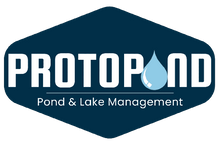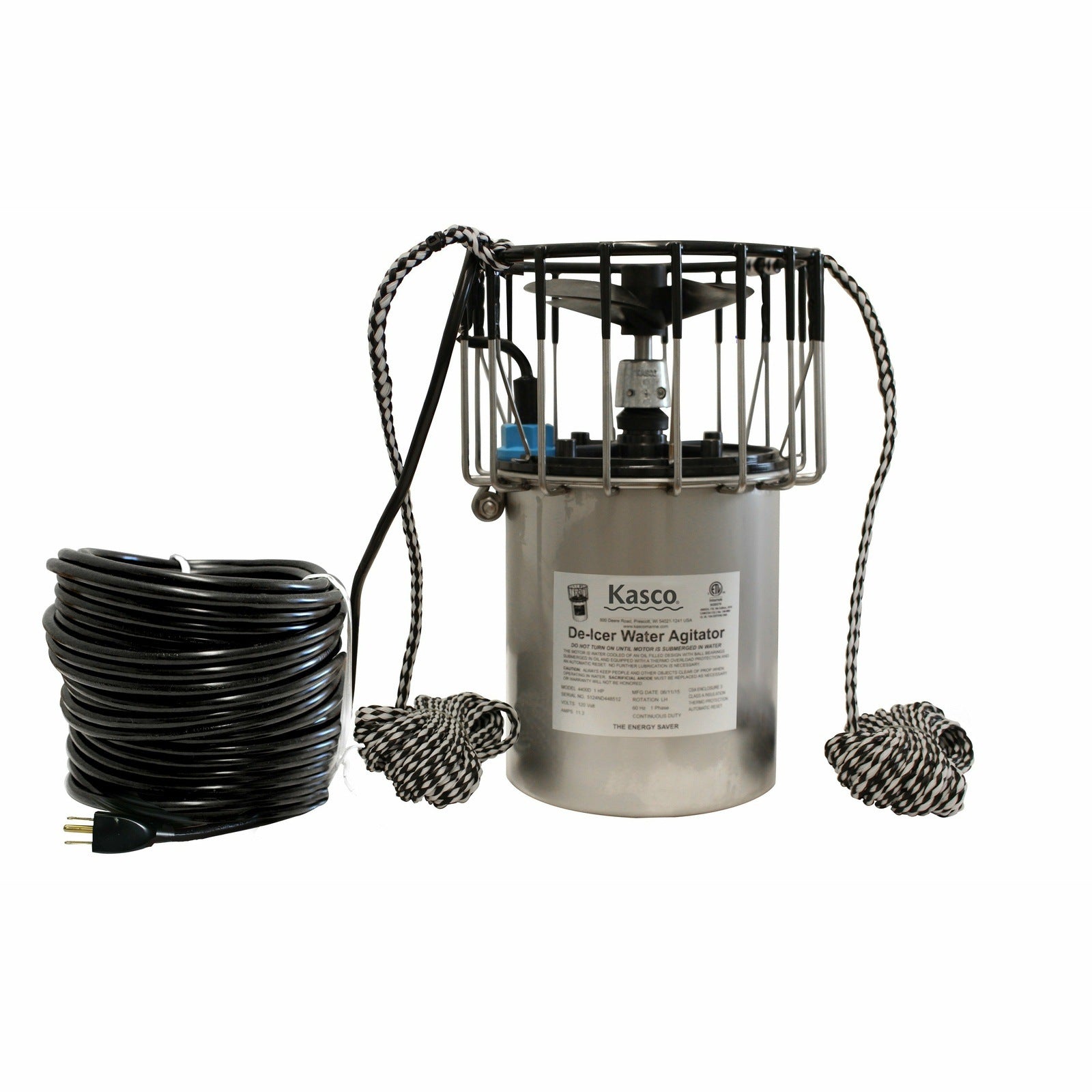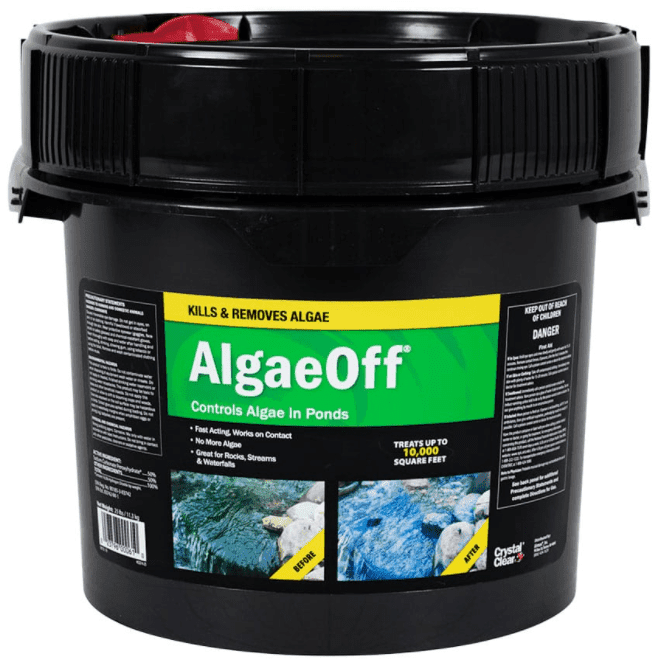Acclimating koi and goldfish to a pond is an essential step for their health and survival. Moving fish from a store or a different environment into your pond can cause stress if done too quickly. Stress can weaken their immune system, increase the risk of disease, and reduce their overall lifespan. Proper acclimation ensures your fish adjust to the new water conditions safely.
Prepare Your Pond Before Introducing Fish
Your pond must be ready to receive new fish before any acclimation begins. Check the water quality first. Use a water test kit to measure pH, ammonia, nitrite, and nitrate levels. Koi and goldfish thrive in a pH range of 6.5 to 8.0. Ammonia should be below 0.25 parts per million, and nitrite should be zero. Nitrates should remain under 40 parts per million.
Ensure that your pond is free of debris such as leaves, algae, or leftover fish food. Clean the pond bottom and remove any sludge that might have accumulated. Check your filtration system and make sure it is functioning correctly. Replace or clean filter pads, and make sure pumps are circulating water efficiently. A clean pond provides a stable environment for fish and reduces stress during acclimation.
Choose Healthy Fish
Selecting healthy fish is the first step in a successful acclimation. Inspect each fish carefully before purchase. Look for clear eyes, smooth scales, and active swimming. Avoid fish with clamped fins, sores, or unusual behavior. Healthy fish handle the stress of relocation much better than weak or sick fish.
Ask your supplier about quarantine practices. Fish that have been properly quarantined and treated for parasites and bacteria are less likely to bring illness into your pond. If possible, purchase fish from a reputable dealer with a track record of healthy stock.
Transport Your Fish Properly
Transporting fish requires care. Fish are typically delivered in an oxygenated plastic bag. During transport, keep the bag in a cool, shaded area of your vehicle. Avoid exposing fish to direct sunlight or high temperatures.
Try to limit travel time to one hour or less. If the trip will be longer, ask your supplier to prepare the fish for extended transport. Shaking or jostling the bag can stress the fish and reduce the oxygen levels in the water. Keep the bag upright and handle it gently.
Step-by-Step Acclimation Process
Acclimation is about gradually introducing your fish to the water conditions in your pond. Follow these steps carefully:
-
Float the Bag in Your Pond
Place the sealed bag with your fish in the pond water. Float it for 10 minutes to allow the water temperature inside the bag to slowly match the pond temperature. Sudden temperature changes can shock fish and cause health problems. -
Add Pond Water Gradually
After floating, open the bag and add 10 to 20 percent of pond water into it. Keep the fish in the bag for five minutes to let them adjust to the chemical composition of the pond water. -
Repeat Water Addition
Continue adding small amounts of pond water every five minutes. Gradually increase the volume until the bag contains mostly pond water. This slow adjustment reduces stress and helps fish adapt to the new environment. -
Release Fish Carefully
After 15 to 60 minutes, use a net to gently transfer fish from the bag to the pond. Do not pour the bag water into the pond, as it may contain excess ammonia or other contaminants. Observe the fish for the first hour to ensure they are swimming actively and exploring the pond.
Monitor Fish Behavior After Release
Monitoring your fish after introduction is critical. Watch for signs of stress such as gasping at the surface, hiding, or erratic swimming. Fish that are adjusting well will swim around the pond and interact with each other normally.
Feed fish lightly on the first day after introduction. Avoid overfeeding, as new fish produce more waste that can affect water quality. Regular observation during the first 24 hours helps identify potential problems early.
Stocking Considerations for New Fish
Adding too many fish at once can upset the pond’s balance. Follow stocking guidelines to maintain water quality and reduce stress. In the first year, stock no more than one inch of fish per square foot of pond surface. Introduce additional fish in stages rather than all at once, especially in smaller ponds.
Keep in mind that nitrifying bacteria in the pond need time to adjust. It can take four to six weeks for bacterial populations to reach levels that effectively handle new fish waste. Monitoring water quality during this period is essential to prevent spikes in ammonia and nitrites.
Seasonal Feeding Guidelines
Fish feeding should be adjusted based on water temperature. Feed fish according to the following guidelines:
- Above 80°F: Feed lightly or stop feeding, as fish metabolism slows at very high temperatures.
- 70–80°F: Feed high-protein food suitable for warm water.
- 50–70°F: Feed low-protein food for cooler water.
- Below 50°F: Do not feed, as fish metabolism slows significantly in cold water.
Always check water and air temperatures, as they can differ. Proper feeding supports growth while preventing excess waste that can degrade water quality.
Maintaining Pond Health
After adding new fish, maintain pond health with regular testing and care. Test water at least weekly for pH, ammonia, and nitrites. Keep filters clean and monitor pumps to ensure proper circulation. Remove debris and uneaten food daily.
Avoid overcrowding and maintain a balance of plant life and aeration. Plants help absorb excess nutrients and provide hiding spaces for fish. Adequate aeration supports oxygen levels, which is critical for fish health, especially in warmer months.
Final Advice
Acclimating koi and goldfish is a straightforward process when done carefully. Prepare your pond, choose healthy fish, transport them properly, and introduce them gradually. Monitor their behavior and water quality closely in the first days. Maintain a consistent feeding routine and pond care schedule to ensure your fish thrive.
Following these steps helps your koi and goldfish adjust safely, reduces stress, and promotes a healthy, vibrant pond. By taking the time to acclimate your fish properly, you set the foundation for long-term health and enjoyment.












